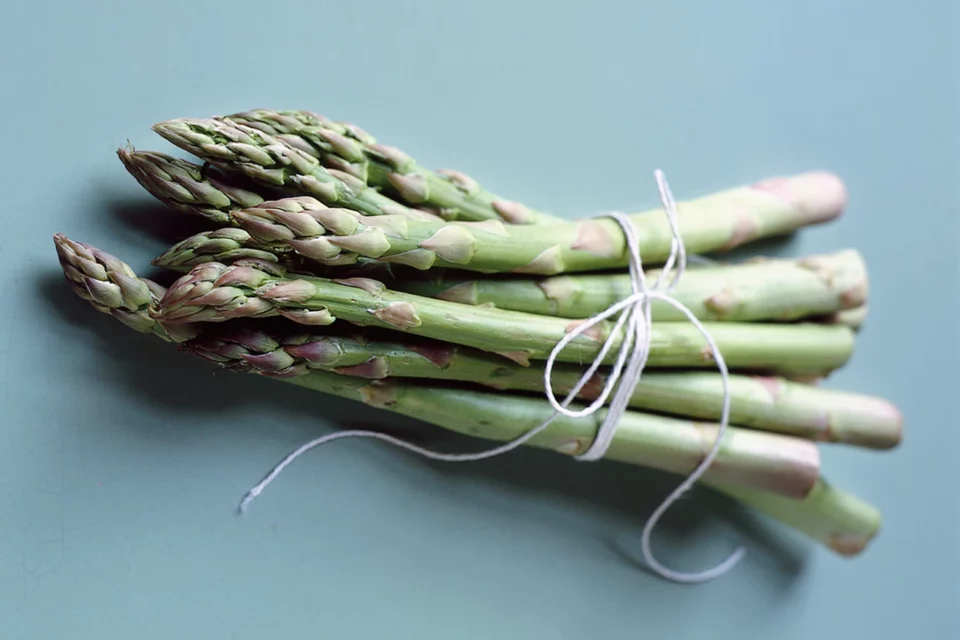Fact file: asparagus

Asparagus is expensive to buy in the shops but easy to grow – and is packed with nutritional benefits, too. Discover some fascinating asparagus facts.
Asparagus is expensive to buy in the shops, but easy to grow – and you can’t beat growing your own asparagus to enjoy its delicious taste and many nutritional benefits.
Did you know…
It used to be believed that if a pregnant woman ate asparagus, she was more likely to give birth to a boy. While this isn’t true, asaparagus is beneficial to eat during pregnancy due its high folic acid content.
Nutrition
Asparagus is rich in folic acid (vitamin B9), which helps the body produce healthy cells, and vitamins A, C, K and B6. It is also a powerful diuretic.
Harvest
Asparagus plants are planted as crowns, over a ridge of soil. They must not be harvested for the first two years after planting. In the third year, when the spears reach 18cm tall, cut them with a sharp knife, 2.5cm below the soil surface.
Store
Asparagus will keep for a few days in the fridge if placed upright in a jar with a little water. The spears can be blanched for five minutes and kept in the freezer for longer-term storage.
How to grow
Grow on an open, sunny site on free-draining soil. To avoid a build-up of diseases, never put new asparagus plants in old asparagus beds. Keep beds weed-free by hand-weeding – hoeing may damage the shallow roots of the plants. Mulch beds to retain moisture. Modern cultivars are mainly male. Pull out female plants – identifiable by their orange-red berries – as they are less productive and may self-seed. Cut back foliage when it begins to die back.
Our choices
‘Backlim’ is an all-male plant producing good yields of fat spears, while ‘Pacific 2000’ produces tender, stringless green spears.